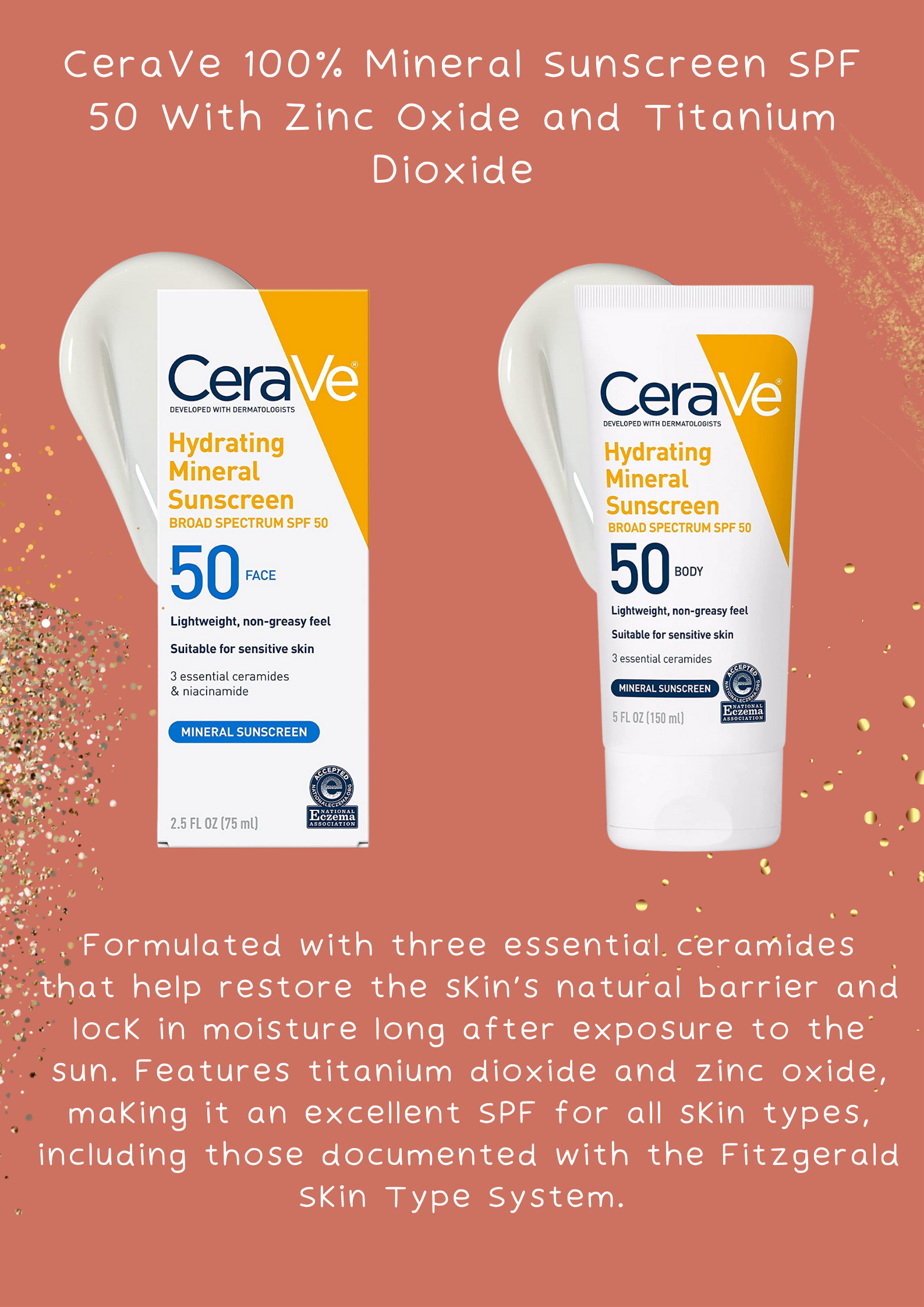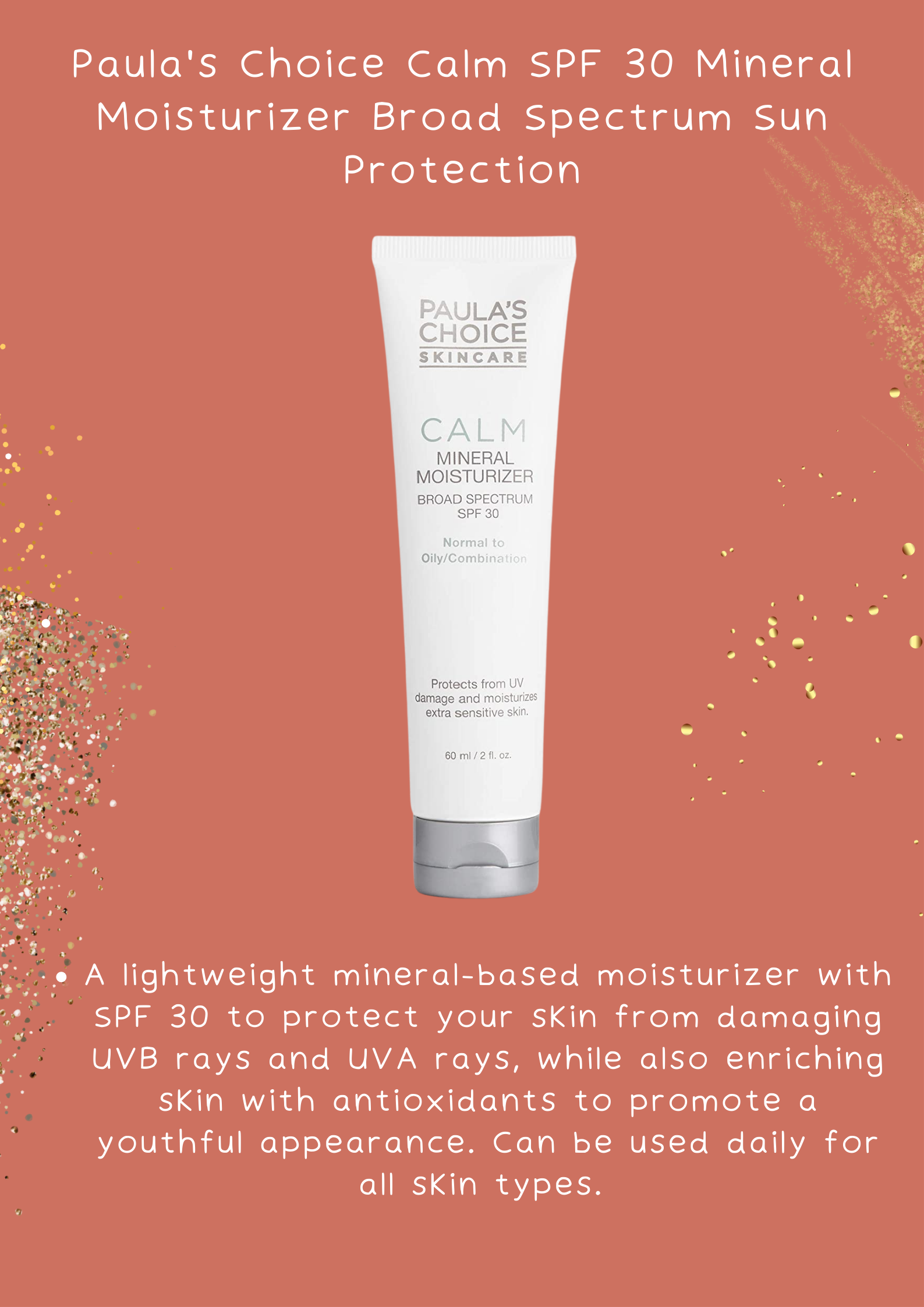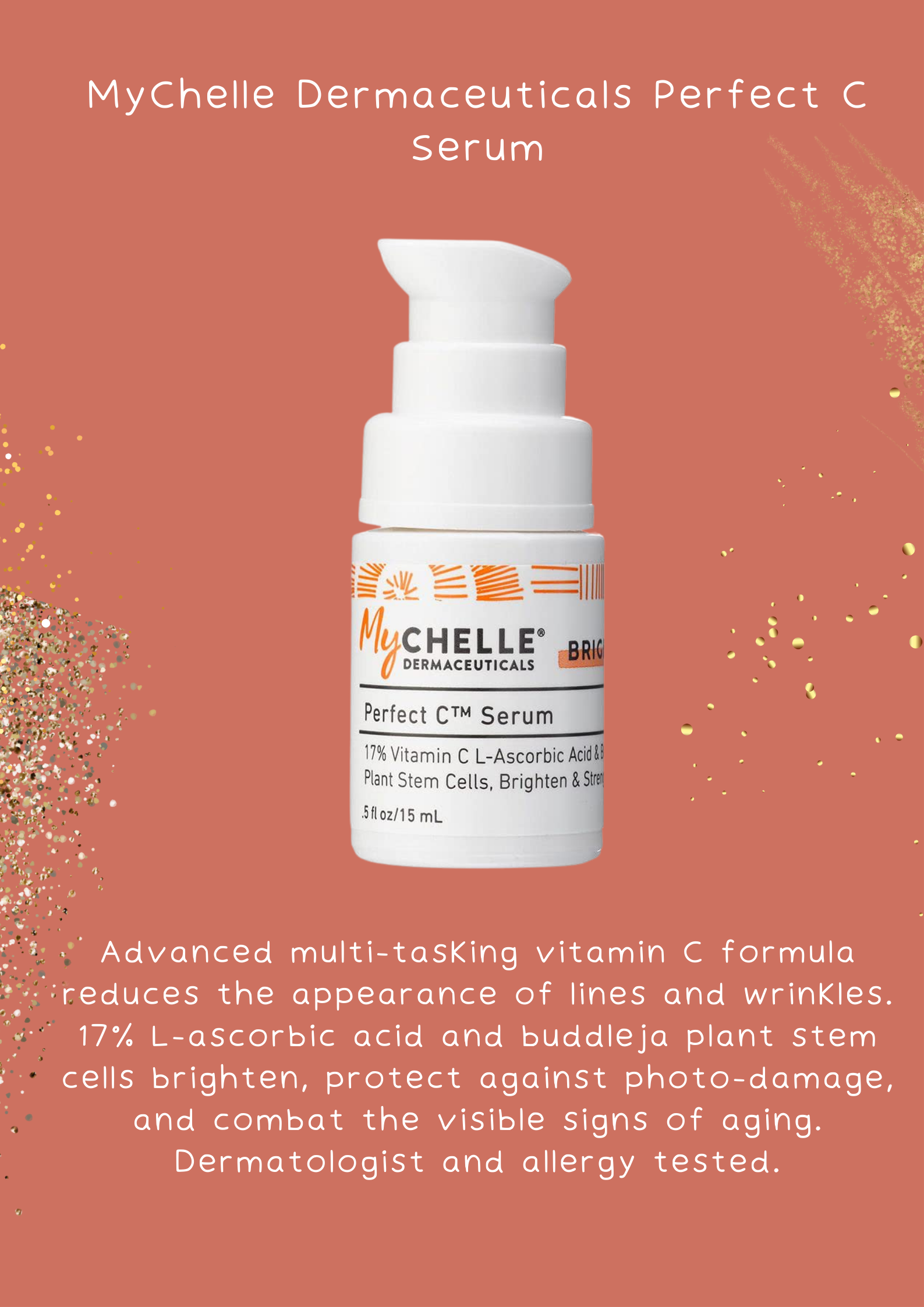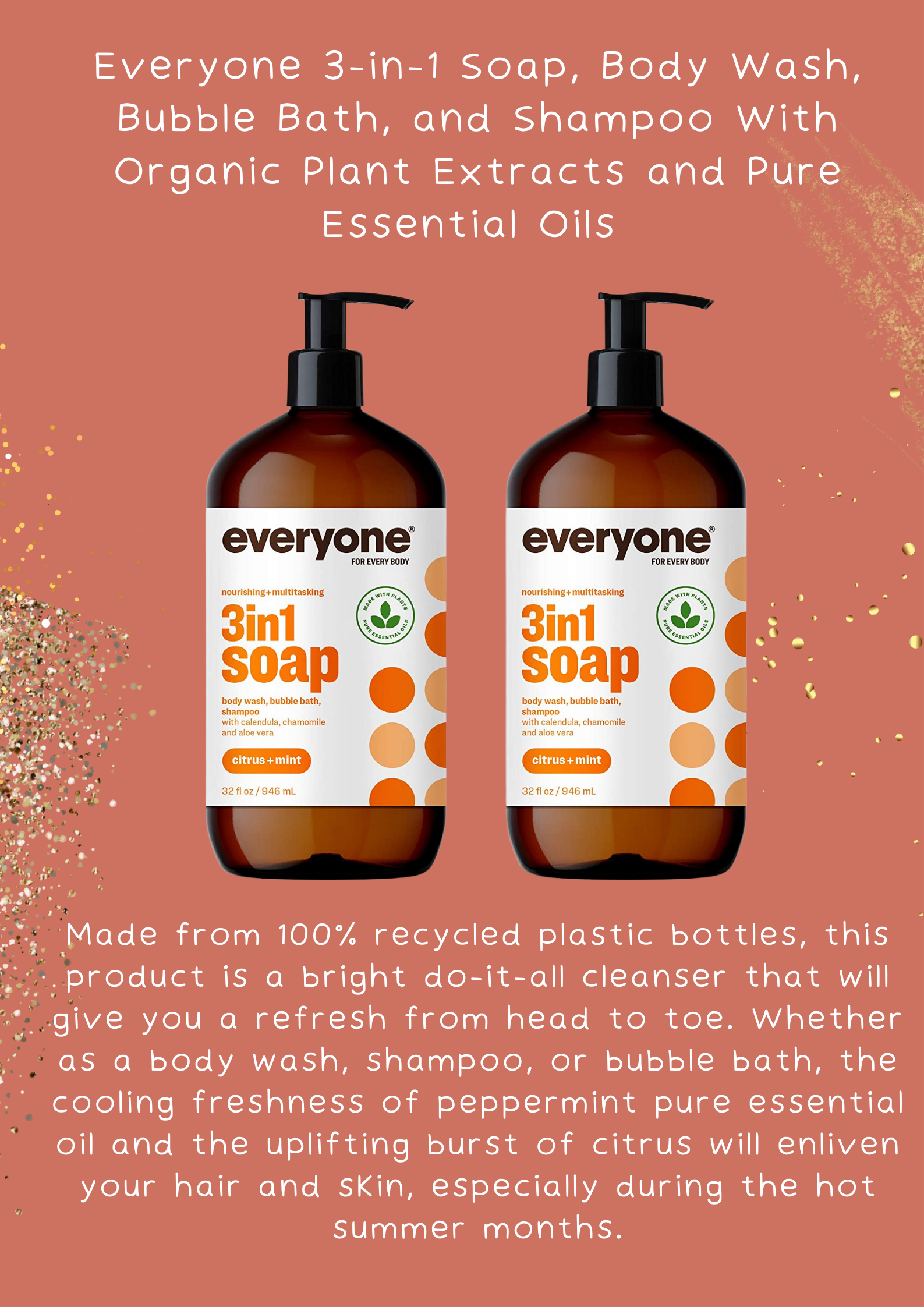
Summer is a time for beach days, pool parties, and vacations. But while summer is full of fun in the sun, the longer hours of daylight and hot, humid weather can affect your skin differently than the colder and darker days of winter. In this blog, we will explore how summer can impact your skin, share hot weather tips, and even bust a few summer skincare myths.
Every season impacts your skin differently. If you notice your complexion changing during summer, it could be because the hot, humid weather is having an effect. Here’s a look at the changes your skin may undergo during the summer:
Scientists developed the Fitzpatrick Skin Type System in 1975. It remains a useful way to determine skin type, skin cancer risk, and is an accurate predictor of a patient’s reaction to UVA rays. Skin cancer is a common type of cancer in the United States, and according to the Skin Cancer Foundation, one in five people in the U.S. will develop skin cancer during their lifetime.8
Experts established the Fitzpatrick Skin Types by asking individuals how their skin reacted to the sun. The results showed clear trends that allowed researchers to identify six different skin types according to how much melanin was present. A 2013 study also confirmed that the system was useful in identifying who was most at risk of sunburn.9
The table below shows a summary of the Fitzpatrick Skin Types and their features:
Source: Laser Hair Removal
Remember: The Fitzpatrick Scale acts as a guide rather than a definitive classification. A person’s skin type may not fit neatly into one category.
The sun’s UV rays can cause damage to any skin type. Regardless of their skin type, individuals who are spending time outdoors should:
The sections below discuss the risks associated with each skin type and why everyone needs to protect their skin:
Those with skin types I or II often have fair skin, freckles, and light hair, which the American Cancer Society (ACS) lists as risk factors for melanoma. Individuals with very fair skin should take additional precautions to protect their skin.
For example, they should use a broad-spectrum sunscreen with an SPF of at least 30. It’s also best for those with skin type I or II to avoid sun exposure as much as possible and wear protective clothing that reflects the sun’s rays.
If a person has skin type III or IV, their skin can burn, but it will also tan. The risk of skin cancer due to sun exposure is lower than it is for those with types I and II, but there is still a risk. It’s vital to always wear sunscreen with at least an SPF 15 or higher, along with limiting sun exposure and wearing protective clothing.
Although the Fitzpatrick Skin Types vary widely among people of a similar origin, those with Types III and IV often include people of Mediterranean, Southern European, Latino, and Asian ancestry.10 Skin cancer accounts for 2–4% of all cancers in people of Asian origin and 4–5% of all cancers in people of Hispanic origin.11
The authors of a 2012 study expressed concern about the risk of skin cancer among Hispanic people in the U.S. They called for “culturally relevant, tailored interventions” to raise awareness of the need for sun protection and preventive measures.12 The ACS also expresses concern, noting that skin cancer rates have risen by nearly 20% among Hispanic people in the U.S. in the past 20 years.13
People with skin types V and VI also have a risk of developing skin cancer, though the risk is lower than it is for people with types I or II. Even if the skin does not burn, sun damage can lead to cancer and early signs of skin aging.
Skin cancer accounts for just 1–2% of all cancers in Black people.14 When it does occur, the outlook may be worse for several reasons, including the following:
Protective measures are as essential for skin types V and VI as they are for the other types. However, sunscreens designed for lighter skin may leave a residue on the face that gives an ashen or chalky look. According to one expert, writing for the Skin Cancer Foundation, creams that contain nanoparticles of zinc oxide and titanium dioxide may work well.
We’ve all fallen victim to believing a skincare myth that made us think we could get away with something because it was easier. From SPF and acne myths to the truth behind facial oils, we’re here to bust some myths so you can hit the beach informed, confident, and most importantly – sunburn free.
Fact: Moisturizers are still a must during summer. They not only discourage the build-up of dead skin cells by keeping the skin cells healthier, but if you toss your moisturizer altogether, your skin can get dry and dehydrated, and actually increase oil production in response.
Fact: The truth is lips can get sunburned and sun-damaged, and burns on the lips can contribute to the development of lip cancers. SPF-containing lip products are the key to keeping your lips healthy and sunburn-free. Check out Sun Bum’s Vegan and Cruelty-Free Lip Balm SPF 30.
Fact: This actually can cause more dehydration. As the mist evaporates, it pulls your surface moisture with it and your skin ends up with surface dehydration, which leads to clogged pores, and then you’re unable to blend your makeup. So if you like to mist your face, make sure to use mists that have humectants and actually keep the moisture in, instead of pulling it out. You can try the Dalba White Truffle First Spray Serum Mist which features excellent humectants.
Fact: Although it’s true that sun exposure can down-regulate the immune system in the skin and therefore temporarily improve inflammatory acne, this is not a safe way to treat breakouts. The side effects of accelerated aging and skin cancer risk are much more serious than acne, and sun exposure actually emboldens dark spots.
Fact: SPF disintegrates after a certain time, depending on its number and your skin, so using it only in the morning is counterproductive. The only way you can truly stay safe is by reapplying every one to two hours. So, while we encourage applying every morning or before you leave the house, it’s also really important to top up throughout the day.
Fact: A typical cotton or linen t-shirt only has an SPF of five. This means you can still get sunburned through your shirt. To protect yourself consider wearing sun-protective fabrics. There are fashionable options out there that provide UPF 50+ (The letters UPF refer to how much UV ray radiation is absorbed by the fabric). The skin cancer foundation has some great tips and advice on UPF-rated clothing, which you can check out here.
Fact: Higher SPF only gives you marginally improved UV protection. It’s easy to think that sunscreens with SPF 70 or 100 would provide better coverage. But a higher SPF may actually give you a false sense of protection (and you may stay out longer in the sun or forget to reapply sunscreen after getting out from the water), thus you may burn more.
What’s more important is that your sunscreen is broad-spectrum, meaning that it blocks UVA and UVB, and that you reapply every two to three hours as recommended or after the skin gets wet from water or sweating.
Fact: On the contrary, people with oily skin many times tend to over-strip their natural oil by using products with harsh ingredients. Using face oils can help to replenish the skin’s natural oil production, keeping oil levels balanced. Check out the Herban Wisdom® Facial Oil to keep your skin feeling fresh, healthy, glowing, and summer-ready.
When you dream about your skin in summer, you might envision it being tanned, smooth, and glowing, but the reality can be somewhat different as you tackle the risk of sweat, sunburn, and premature aging due to the sunny conditions. While you may think you need to completely restructure your skincare routine to beat the summer heat, the reality is that with a few small tweaks, your skin will be feeling and looking its best all season long.
Here are some warm weather skincare tips you can try this summer:
According to Dr. Stefanie Williams, dermatologist and medical director at Eudelo, “I always recommend using sun protection all year around. The reason for this is that while the burning UVB rays are much weaker in winter, the skin aging UVA rays don’t fluctuate as much throughout the seasons.”
“My recommendation is to wear an SPF 30 to slow down the aging process and keep your skin in optimal condition long-term,” she says. “However, should you have down-graded your SPF (or even worse, not used one) in the winter, then now is certainly the time to go back to daily SPF.”
 To shop the CeraVe 100% Mineral Body Sunscreen SPF 50 with Zinc Oxide and Titanium Dioxide, click here.
To shop the CeraVe 100% Mineral Body Sunscreen SPF 50 with Zinc Oxide and Titanium Dioxide, click here.
In the summer, we commonly change up our wardrobe to better reflect the warmer weather. Similarly, your skin-care routine may need to be a little more lightweight. The heat and humidity of summer mean you can swap out a heavier cleanser (think cream or oil cleanser) in favor of a gentler foaming option.
 To shop the Honest Beauty Calm On Foaming Cream Cleanser with Hyaluronic Acid + Phytosterols and Phospholipids + Amino Acids, click here.
To shop the Honest Beauty Calm On Foaming Cream Cleanser with Hyaluronic Acid + Phytosterols and Phospholipids + Amino Acids, click here.
To help lighten things up, you can consider switching to a combination moisturizer and sunscreen during the summer. A lightweight moisturizer with SPF of 30 or higher may be plenty for most people as long as you’re applying a generous amount and reapplying every couple of hours, as with a regular sunscreen.
Thicker moisturizers can lead to clogged pores, inflammation, and acne; especially if you have acne-prone or oily skin. With summer causing increased sweating, clogged pores can really be an issue. Replacing one of your skin-care steps with a combination moisturizer/SPF can help keep skin clear and fresh during summer.
 To shop the Paula’s Choice Calm SPF 30 Mineral Moisturizer Broad Spectrum Sun Protectant, click here.
To shop the Paula’s Choice Calm SPF 30 Mineral Moisturizer Broad Spectrum Sun Protectant, click here.
Vitamin C serums are a necessity in an anti-aging skincare regimen. Vitamin C has been proven to:
Vitamin C is even more essential in the summer when your skin takes the most damage from harsh UV rays and drying breezes. For optimal results, you can try layering a few drops of a vitamin C serum on your skin between cleansing and moisturizer.
 To shop the MyChelle Dermaceuticals Perfect C Serum, click here.
To shop the MyChelle Dermaceuticals Perfect C Serum, click here.
Dermatologists often remind us not to over-exfoliate, but in the summertime, you can add a little more exfoliation to your routine, especially if you have oily skin. Instead of going all-out with it, slowly increasing the number of days you exfoliate per week will allow your skin to adapt much more quickly.
 To shop the BABOR Enzyme Cleanser, Gentle Antioxidant Daily Face Exfoliator, with Vitamin C and Active Enzymes, click here.
To shop the BABOR Enzyme Cleanser, Gentle Antioxidant Daily Face Exfoliator, with Vitamin C and Active Enzymes, click here.
Nothing feels better after a long day than taking a nice hot shower. Unfortunately, hot water dries out your skin, which is an even bigger predicament during the summer. Instead, try to take a cool or lukewarm shower for 15 to 20 minutes. Not only will this keep your skin healthy during the warmer months, but it will also give you a chance to cool off from the heat.
 To shop the Everyone 3-in-1 Soap, Body Wash, Bubble Bath, and Shampoo With Organic Plant Extracts and Pure Essential oils, click here.
To shop the Everyone 3-in-1 Soap, Body Wash, Bubble Bath, and Shampoo With Organic Plant Extracts and Pure Essential oils, click here.
While this may not seem like a skincare tip, drinking water may have an impact on your skin’s health. Our bodies need water to keep cells, organs, and tissues operating at their best. Water is also necessary for temperature regulation and maintaining other bodily functions. In summer, it’s more important to drink water as we lose a significant amount of hydration through sweat.
Drinking water can help you stay cool, which prevents breakouts and clogged pores. It can even prevent skin wrinkling. You can use this calculator to find out exactly how much water your body needs every day.
 To shop the Sahara Sailor Water Bottle, 32oz Motivational Sports Water Bottle With Time Marker, click here.
To shop the Sahara Sailor Water Bottle, 32oz Motivational Sports Water Bottle With Time Marker, click here.
Summer is warmer and sunnier than winter, and it’s only natural that your skin has different needs during the changing seasons. When you’re spending more time in the sun, it’s important to be mindful of sunscreen. Find a broad-spectrum SPF 30 and reapply every 2 hours to protect your skin from premature aging and skin cancer.
After all, a summer-friendly beauty routine will keep your skin happy and healthy all season long.
What is your favorite SPF? Do you have any summer skincare tips or tricks? Let us know in the comments!
References:
https://www.getthegloss.com/article/how-to-deal-with-oily-skin-in-warm-weather [1]
https://www.herworld.com/beauty/skin/10-things-consider-storing-your-skincare-fridge/ [6]
https://www.skincancer.org/skin-cancer-information/skin-cancer-facts/ [8]
https://jamanetwork.com/journals/jamadermatology/fullarticle/1737180 [9]
https://www.ncbi.nlm.nih.gov/pmc/articles/PMC3709783/ [10]
https://www.skincancer.org/skin-cancer-information/skin-cancer-facts/ [11]
https://www.ncbi.nlm.nih.gov/pmc/articles/PMC3533808/ [12]
https://www.cancer.org/latest-news/dispelling-myths-to-decrease-skin-cancer-in-latinos.html [13]
https://www.skincancer.org/skin-cancer-information/skin-cancer-facts/ [14]

Disclaimer: Statements on this website have not been evaluated by the FDA. These products are not intended to diagnose, mitigate, treat, cure, or prevent any disease, nor are the products intended to affect the structure or any function of the body of man/woman or other animals. CANNABIDIOL USE WHILE PREGNANT OR BREASTFEEDING MAY BE HARMFUL. KEEP OUT OF REACH OF CHILDREN. Humanist Beauty Herban Wisdom products include hemp extract that contain less than 0.3% THC. Products containing CBD or THC are not to be used by or sold to persons under the age of 21.
We don’t retouch the skin of the model humans shown on this website. Keepin’ it real.